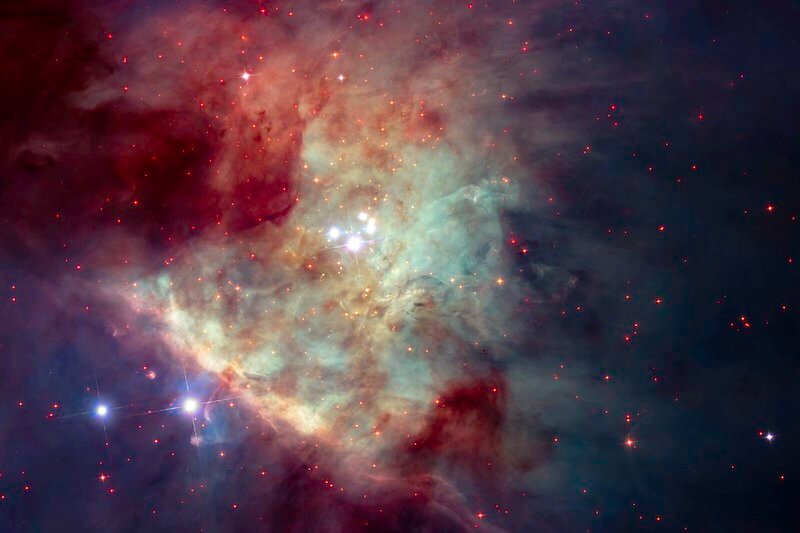After another delay due to weather, NASA is now planning for December 25, 2021 for the launch of the James Webb telescope.
The world’s largest and most powerful space telescope had been due to launch on Christmas Eve, but NASA said on December 22, 2021 that adverse weather conditions have pushed back the launch by a day.
“A 32-minute launch window opens at 7:20 a.m. EST in Kourou, French Guiana,” NASA, the European Space Agency and Arianespace announced.
The Webb telescope, 100 times more powerful than the Hubble telescope, will be launched on an Ariane 5 rocket from Europe’s spaceport.
Let the roll-out to the launch pad begin for @ariane5 and #Webb!
— ESA Webb Telescope (@ESA_Webb) December 23, 2021
The doors of the assembly building have opened @EuropeSpacePort #WebbFliesAriane #JWST #VA256
ESA – S. Corvaja pic.twitter.com/iMfgce4yLi
Which weather conditions are being monitored?
As the launch gets closer, NASA explained in a blog that scientists are watching out for three weather risks in particular.
The first is the Kp index, a measure of disturbance to the Earth’s magnetic field. The index ranges from zero to nine. Higher Kp values mean aurora activity is more likely, but NASA says such conditions can be unsafe for spacecraft launches.
“For Webb, operators will avoid launching when the Kp index is 4 or higher, to avoid risks of losing communication with the spacecraft in the critical moments after launch,” NASA explained.
UPDATE: Teams have confirmed @NASAWebb’s target launch date of Dec. 25 at 7:20am ET (12:20 UTC) from Europe’s Spaceport in French Guiana.
— NASA (@NASA) December 22, 2021
The Ariane 5 rocket is scheduled to roll out to the launchpad Dec. 23: https://t.co/SZE0Hb2VeK pic.twitter.com/zjFhFYFpVl
The second risk comes from the Van Allen radiation belts, a pair of doughnut-shaped rings of high-energy particles which encircle Earth. Solar storms can bring new electrons to the belts and energize those already there, NASA said. If they collide with spacecraft, they can build up a charge on the craft’s surface, much like the static that builds up on clothes after they have been in a tumble dryer.
These “zaps” of charge can potentially short a spacecraft’s circuits and also decrease the efficiency of the solar panels, lowering power supply to the craft.
The final risk comes from solar energetic particles (SEPs), which are electrons and protons from the Sun that travel thousands of miles per second. When they collide with a spacecraft, SEPs can suddenly increase the electrical current, causing a “bit flip” when zeros and ones in binary code are flipped. The resulting miscalculations can disrupt circuits and cause malfunctions, NASA said.
“Carefully monitoring the space weather conditions will help ensure that Webb makes it safely to orbit, where it can deliver still untold discoveries about the universe and our place in it,” NASA said.

